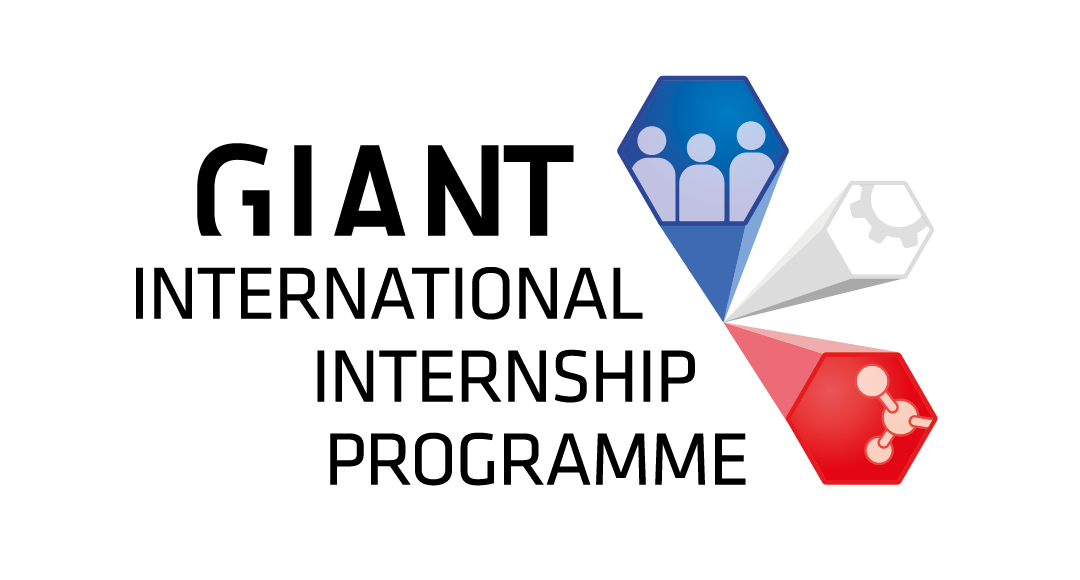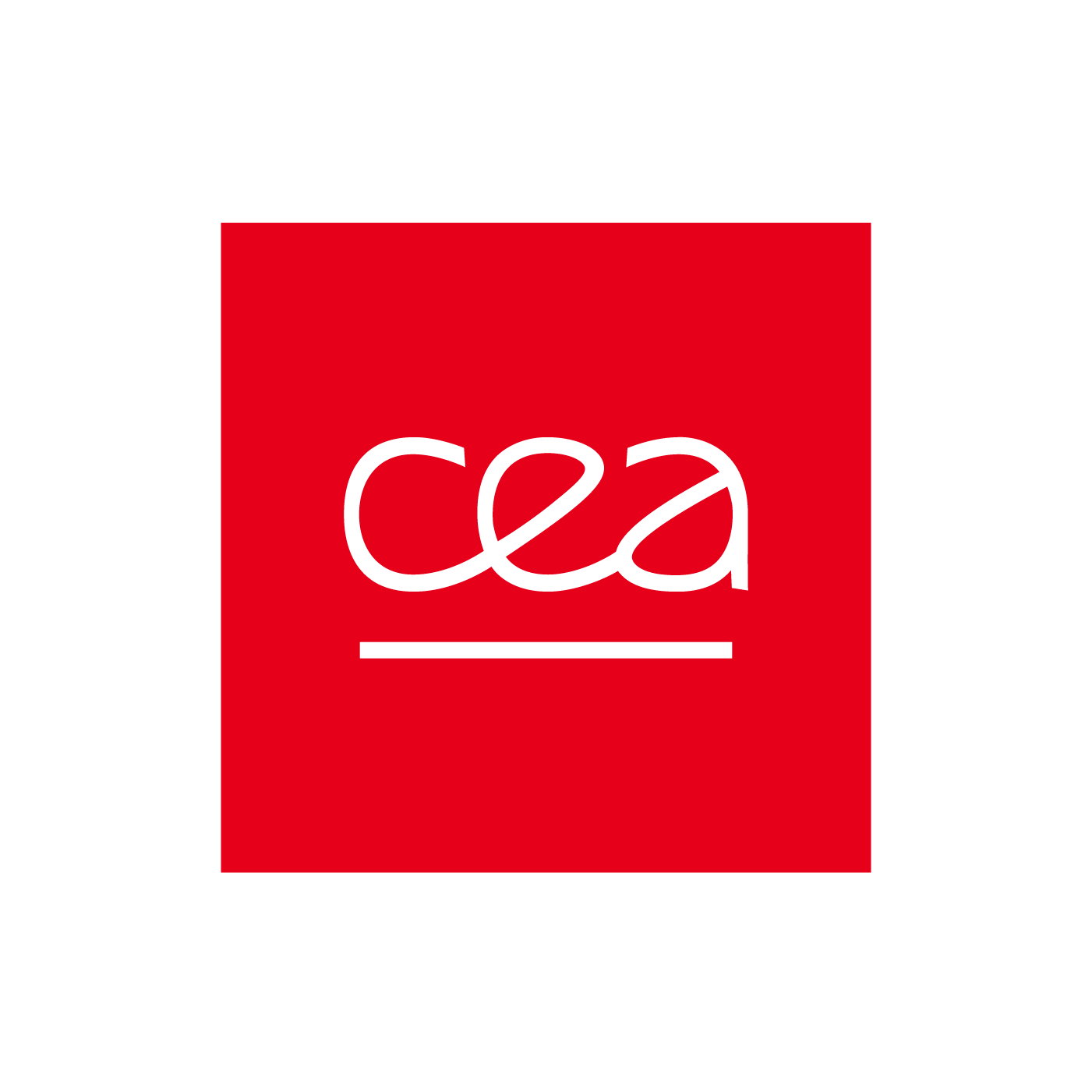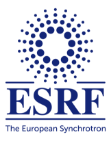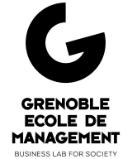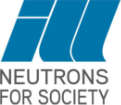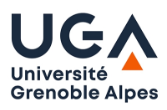Agenda and news from GIANT Campus
« GIANT campus brings together hubs of scientific and academic excellence,
as well as cutting-edge platforms and equipments. »
« Many co-constructed action by GIANT partners,
to achieve common goals together. »
giant in numbers

More than
10 000
researchers

More than
10 000
international visitors per year

10 000
residents and shopkeepers

700
patents filed per year from GIANT Campus' laboratories

More than
10 000
students

More than
500
born start-up on campus over the past 10 years

10 000
industry and tertiary employees

250
hectares dedicated to research and innovation




